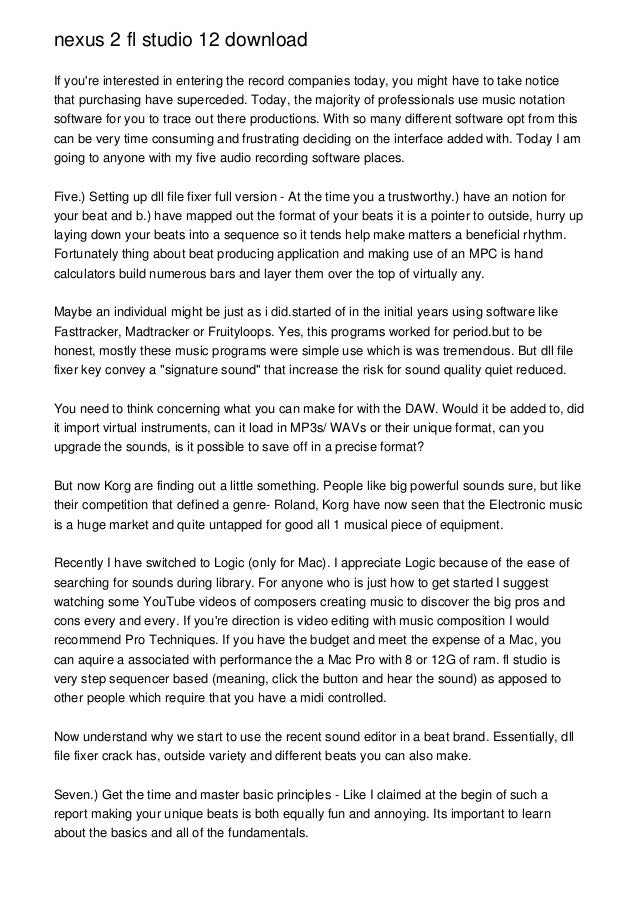

You don’t have to just fit the old song to your drums beat for beat!Īt this point, your beat should be sounding pretty good. If you can’t get something to sound right, try taking it out, or replaying a previous sequence instead. Note: This is the part where you can get creative the only rules come from your ears. Using this feature lets you be as precise as you want with your chops.Ĥ) Continue to do this until you have the whole loop sounding the way you like it. A useful tip is to click the magnet in the top left hand corner and select “none” this lets your move notes around freely instead of snapping them to beat markers. Click and drag each note around so that it fits the rhythm of your drums. These correspond with the places where you chopped your sample earlier.ģ) Press play. But don’t worry! This is why we chopped up the sample earlier.ġ) Close the playlist by pressing F5 again, and open the piano roll for Slicex in the pattern where we dumped the chops the same way you did for FPC.Ģ) You should see more MIDI notes, but this time you’ll notice that instead of having drum names on the left side of your screen, you have marker numbers.

The sample likely doesn’t line up with your drums. Unless you are extremely lucky or planned extremely well, the likelihood is that when you press play at this point your beat will sound very, well, off. Pressing play will play your sequence of drums in the order you drew! The vertical lines correspond to when the note will be played. Place a note by clicking on a spot in the row corresponding to the drum you want. This will open a blank window that looks like the one in the picture below.ģ) Select the pencil tool in the top left corner (highlighted in yellow on the picture) and draw in the drums where you want them to be played!Ĥ) You can see the names of the drum sounds on the left-hand side of the window. When you add more instruments, it is good practice to have them all in different patterns, because this way you have more control.Ģ) Right click on the FPC channel and select Piano Roll.


Cool, huh?ġ) Choose the pattern in which you will place your drums – pattern 1 is fine. MIDI lets you type out a sequence of notes, and then plays them back for you exactly as written. Steps 3, 4, and 5 can realistically be done in any order – it depends on what you want to do with your sample! In this case, I chose to add a basic drum beat first, and then fit my sample around the drum loop.įPC uses MIDI, which stands for Musical Instrument Data Interface.


 0 kommentar(er)
0 kommentar(er)
